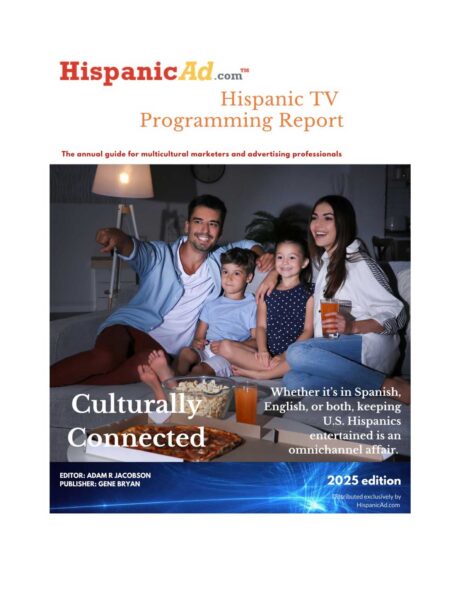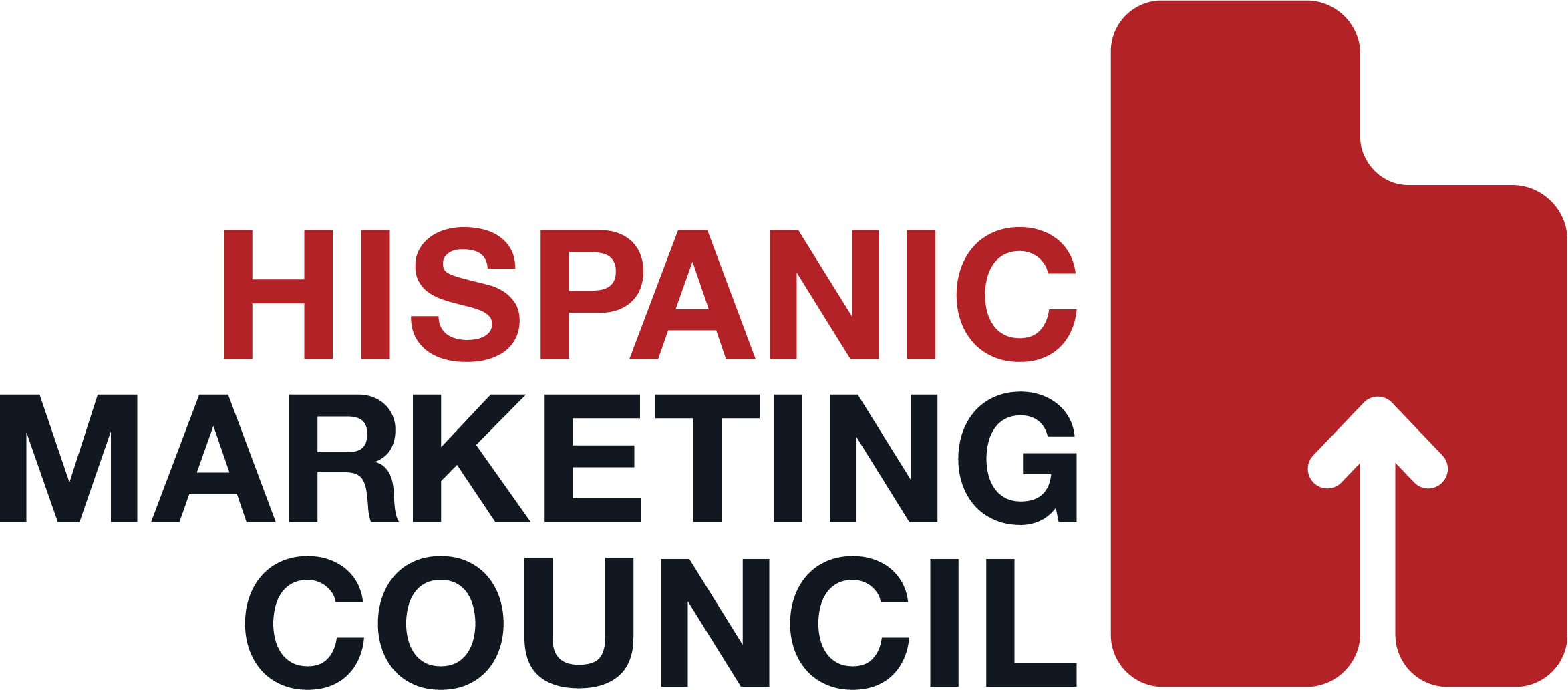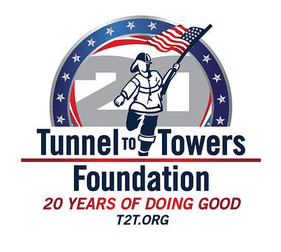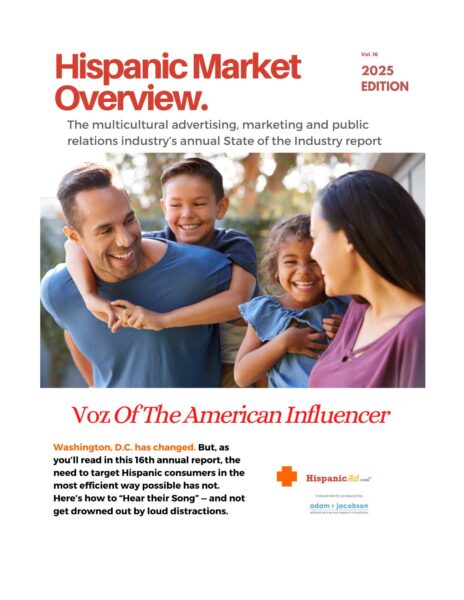Benedict XVI brings a message of hope to US Hispanics.
March 28, 2008
The historic U.S. visit of Pope Benedict XVI was an unprecedented opportunity to view the new, changing face of the US Catholic Church while providing a real-time glimpse into the challenges the Church faces as it links its fate to that of the Hispanic community.
Enjoying gorgeous spring weather, the 81 year-old Pontiff carried out a full schedule in Washington D.C and New York City. During his brief journey (April 16-20), he met with President George Bush and Congressional leaders; convened the Church leadership; begged forgiveness and prayed with victims of pedophile priests; addressed the United Nations; visited a Synagogue; led prayers at the World Trade Center and pastored to tens of thousands in open-air masses.
Everywhere he went, joyfull crowds waving the Vatican’s yellow flags met his motorcade. And there it was, for the world to see, the changing face of the Church — that of the struggling Latino immigrant.
A key element of Pope Benedict’s visit was his reaffirmation of the Church’s stance in defense of the rights of immigrant. He first voiced this position to the press accompanying him on the airplane, and then in person to President Bush.
Welcome immigrants
While in Washington, he said: “I want to encourage you and your communities to continue to welcome the immigrants who join your ranks today, to share their joys and hopes, to support them in their sorrows and trials and to help them flourish in their new home.”
He delivered a similar message in Spanish.
To Latinos, and all decent Americans, those words came as a breath of fresh air, a respite that cut through the damagoguery that has poisoned the atmosphere and sowed fear in our communities.
It showed Latinos than more than any politician or political party, in the Church we have a reliable ally in our struggle for dignity and acceptance, and against the relentless wave of racist charges, baseless accusations and xenophobic insults.
Events surrounding Pope Benedict’s visit also provided some framework for challenges the Church faces in the continued ministry to US Hispanic Catholics.
Critics voice their opposition
It is worth noting that while the Pope was visiting, immigration authorities carried out a massive raid against poultry plants in 5 states arresting over 300 people. The timing and proportion sent shock waves through the Church hierarchy.
“I was stunned,” Cardinal Roger M. Mahony, the Archbishop of Los Angeles, told the New York Times. “I just feel these raids are totally negative. I thought it was very inappropriate to do it in such a blatant way when the Pope was coming, when he has been so outspoken in defending the rights of immigrants.”
Also, and to no one’s surprise, came a barrage of negative statements from the same individuals who’ve gained notoriety by attacking Latinos.
Colorado representative Tom Tancredo, whose staunch stance against immigrants was at the center of his failed presidential bid, threw in a couple of stones.
“I suspect the Pope’s immigration comments may have less to do with spreading the gospel than they do about recruiting new members of the church,” Tancredo said.
But perhaps the most vicious and virulent words came from Lou Dobbs, the CNN anchorman, who reinvented his career with his nightly rant against immigrants, blaming them for everything – from the breaking down of the nation’s health care system to bringing leprosy (yes!) into the country. Flushed with anger, his face turning red, his eyes bulging, he spewed a diatribe loaded with hatred:
“Well, he’s [the Pope] mixing religion and politics on his first trip to this country(…) Here he is, I guess, in many ways insulting our country, talking about the need to be welcoming, taking up the issue of illegal immigration without any comparison to the rest of the world. (…)Well, he’s in America, partner. And you know what, when we’re in Rome, we’ll do as Rome does. But when Rome comes to America, how about a little salute and stay out of our politics.”
Unwavering commitment to immigrants
But the Church’s stance on immigration rights will remain firm. For one thing, it is rooted in the Gospel, “For I was hungry and you gave me food, I was thirsty and you gave me drink, a stranger and you welcomed me,” (Matthew 25:35).
And furtermore it is not new. In fact it has been articulated over the years. In a 1995 message for World Migration Day, Pope John Paul II had stated that:
“The Church considers the problem of illegal migrants from the standpoint of Christ, who died to gather together the dispersed children of God (cf. Jn 11:52), to rehabilitate the marginalized and to bring close those who are distant; in order to integrate all within a communion that is not based on ethnic, cultural or social membership, but on the common justice.”
And this position responds to the needs of the US Hispanic Catholic population. A Hispanic Ministry Study from the US Conference of Catholic Bishops calls for, “[A] more concerted effort to respond to issues such as the persistence of racism, the emergence of violent anti-immigrant nativism, the promulgation of unjust immigration laws, and the deepening of poverty among Latinos. These issues affect the fabric of Latino life, dividing families, undermining communities, and force people to focus on everyday survival rather than on practicing and living out their faith.” http://www.usccb.org/hispanicaffairs/studygomez.shtml>
A November 2007 statement from the Maryland Catholic Conference sets the parameters: “The rule of law must be respected. The discussion, however, cannot end there. Undocumented immigrants are persons with dignity – a reality that obliges us to learn about the immigration system, understand the motives for migration, and consider the needs of individuals and families. Our American ideals call us to participate in the public debate; our Catholic faith urges us to do so with charity.
“All people have the right to have their basic needs met in their homelands. When the means to fulfill those needs do not exist at home, people have the right to seek them abroad.(…)”
Growing Presence of Hispanic Catholics
Hispanic Catholics are the most dynamic segment within the Church, According to the US Conference of Catholic Bishops, 39% percent of the nation’s 62.5 million US Catholics are Hispanic. Hispanics account for 71% of the growth of the US Catholic population since 1960. And, in about 20.% of U.S. parishes Hispanics are the majority.
The Church accommodates by providing Spanish-language masses and dedicating a growing number of resources to the Latino population, both the Spanish-speaking and the English-speaking — from the effort by parish schools to open their doors to the children of immigrants (reaffirmed by Pope Benedict), to Spanish-language editions of church bulletins and periodicals, to a host of TV and radio stations, and an increasing adoption of new technologies, like RSS feeds, Webcasts and podcasts. (It must be noted here that as an institution, the Catholic Church has been at the forefront of adopting the new technologies of the digital age.)
Mobilizing public opinion for a just immigration policy is a central theme of the Church ministry to Hispanics. But the commitment goes far and beyond that.
Working to Eliminate Causes of Immigration
The Church spares no effort in working to eliminate the root causes of immigration, forced displacement and endemic poverty, as well as to aliviate conditions for those left behind — often times supporting the very same communities some of the immigrants left behind.
In several occasions, Pope John Paul II spoke about the causes of immigration. “The present economic and social imbalance, which to a large extent encourages the migratory flow, should not be seen as something inevitable, but as a challenge to the human race’s sense of responsibility.”
To that end, organizations like Catholic Relief Services http://www.crs.org> play a pivotal role in meeting this challenge. Their mission spans from rapid emergency relief response- Tsunami, Hurricane, Earthquakes — to US-based initiatives and a host of on-going programs to bring well-being and dignity to communities
Supported by the US Conference of Catholic Bishops, CRS is active in over 100 countries and territories, with projects touching the lives of millions of people, including long-established and highly-effective programs in Bolivia, Colombia, Ecuador, Guatemala, Guyana, Honduras and Mexico. All are funded through individual donations.
In a recent visit to Guatemala, we witnessed first hand the effects of one such program led by CRS in partnership with Caritas and local organizations. They have managed to establish a presence in the communities and, staffed by very competent professionals, they help implement a host of programs that include neo natal services, education of young mothers, environmental awareness, agricultural and water, literacy, support to victims of HIV Aids. These works actually make a difference in the lives of the communities, helping them partially meet their every day needs, while educating them toward self-sufficiency.
What’s most inspiring about these programs is that they are financed exclusively through fund-raising efforts here in the United States.
US Latinos Show Solidarity
US-based Catholic organizations understand the solidarity potential and generosity of Hispanic immigrant communities and they have in place outreach efforts, that combine traditional channels like TV, Radio, Print and Direct Mail with the emerging digital approaches, like providing web content, podcasts, leveraging the YouTube phenomenom to educate, inspire and mobilize US Latinos in helping those who stayed back home. These fund-raising efforts enjoy the years of learnings from the General Market with tried, tested and perfected techniques and technologies in the highly targeted and efficient not-for-profit landscape.
And this can only help those needy in our countries of origin.
That’s another way the Church is showing its commitment to Latinos, a commitment that Pope Benedict XVI reaffirmed during his brief but historic visit.
As Catholics and Latino immigrants, as people who’ve seen the welcoming spirit of our adoptive nation turn sour, we welcomed Pope Benedict XVI’s visit like the Spring after this long, harsh winter.
In a changing nation, the Church reaffirms commitment to immigrants Directo Hispano’s work in the not-for-profit community helped us develop this assessment of the impact of Pope Benedict XVI’s visit to the US.
By Carlos F. Torres and Humberto Freydell Partners, Directo Hispano





























